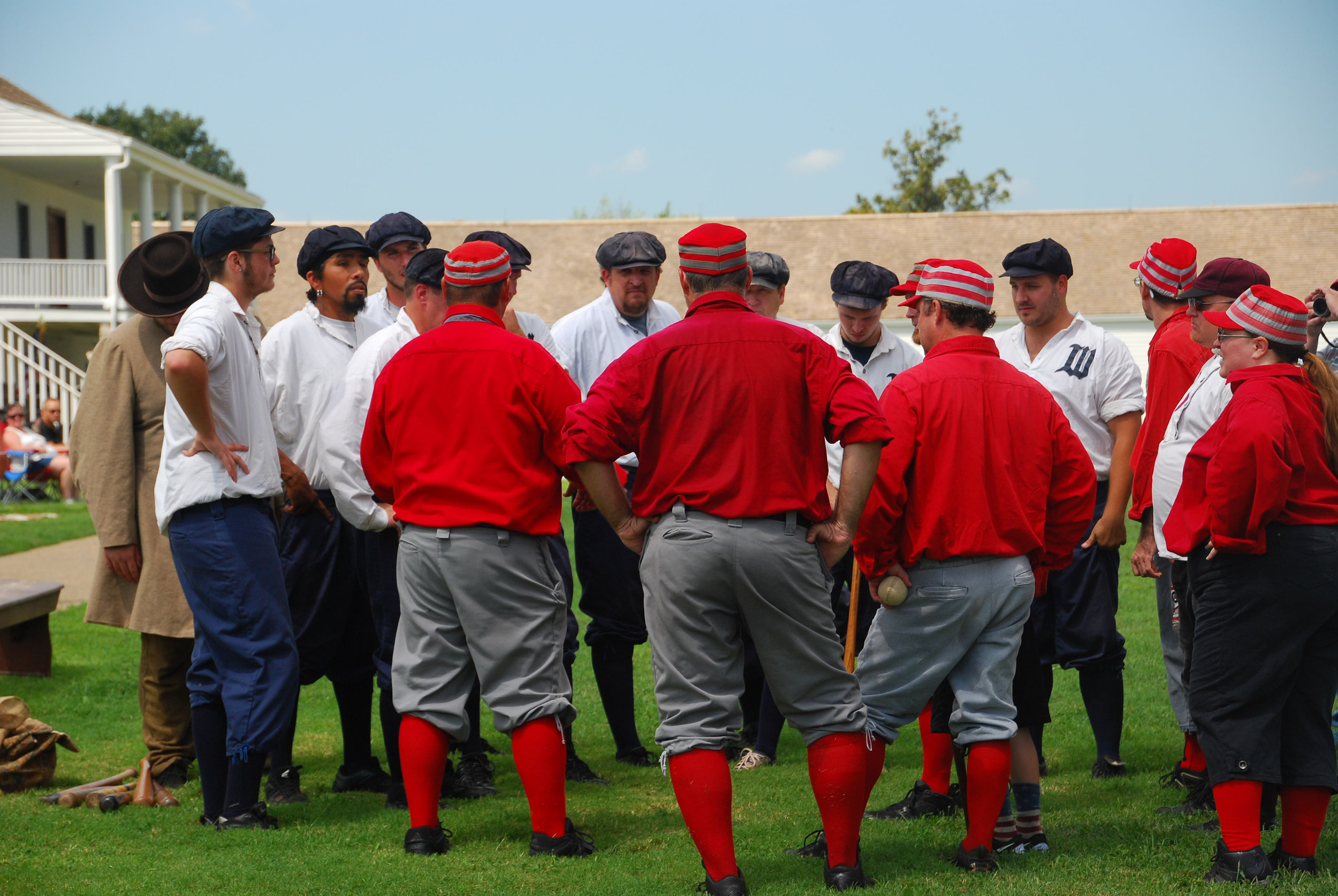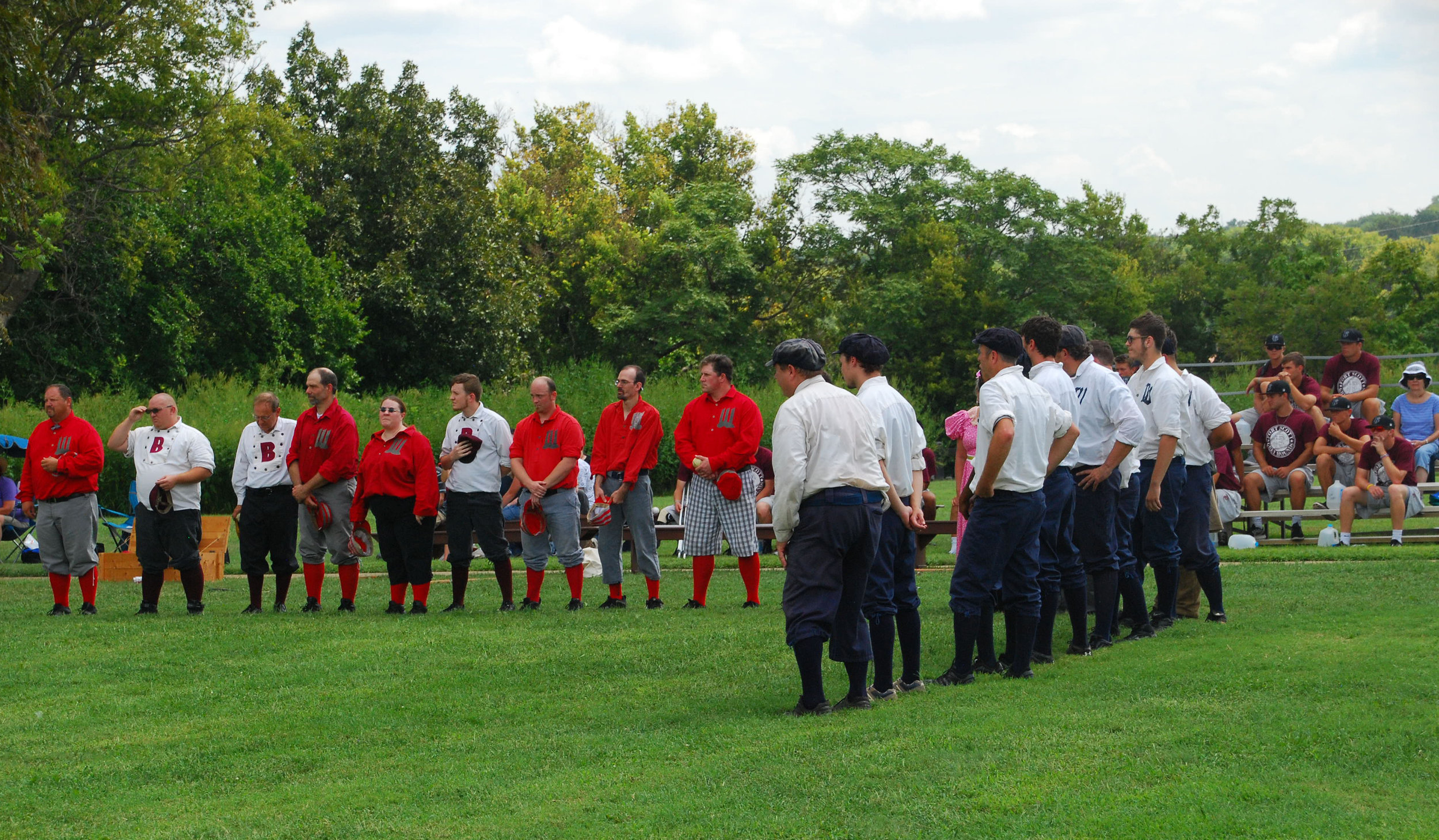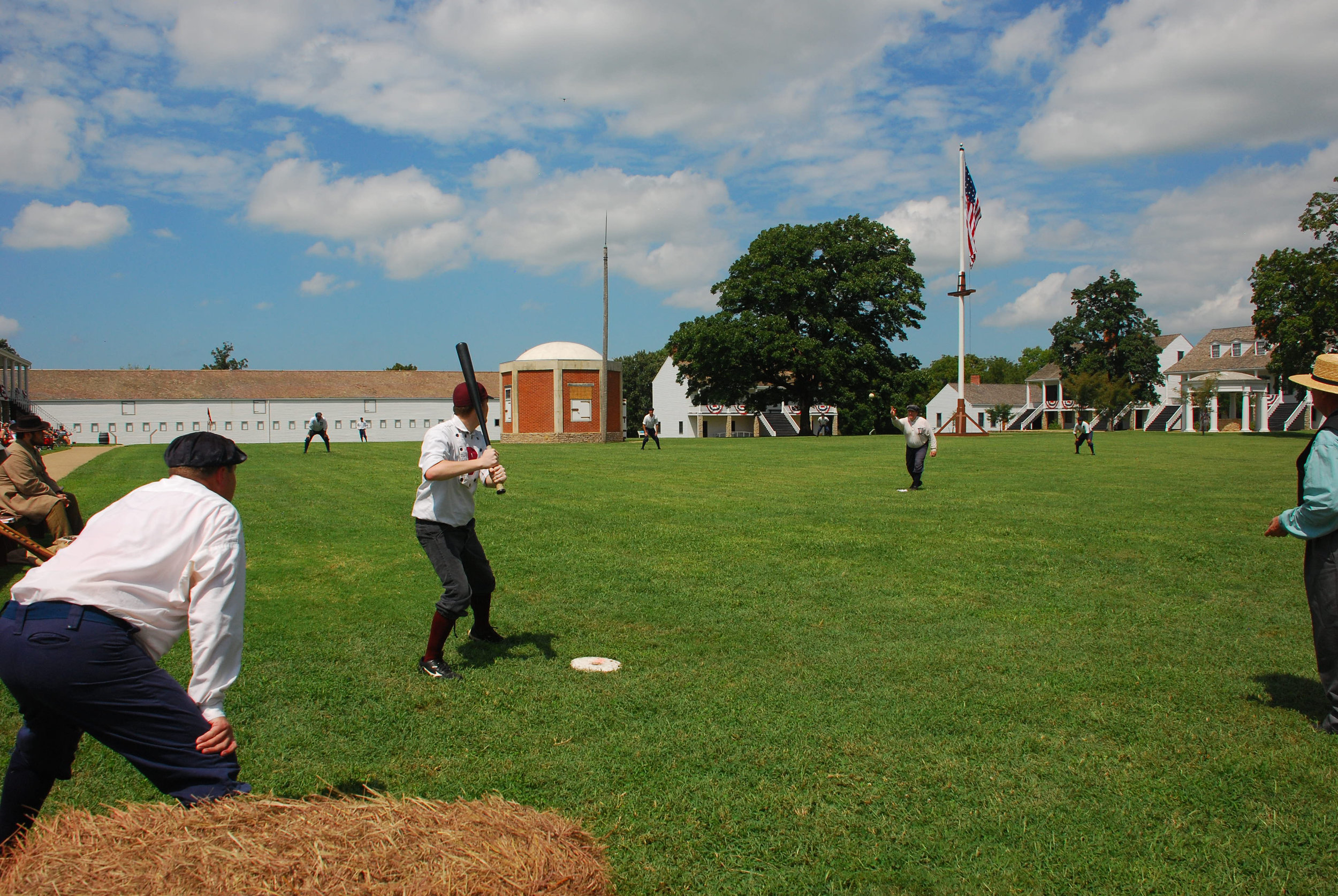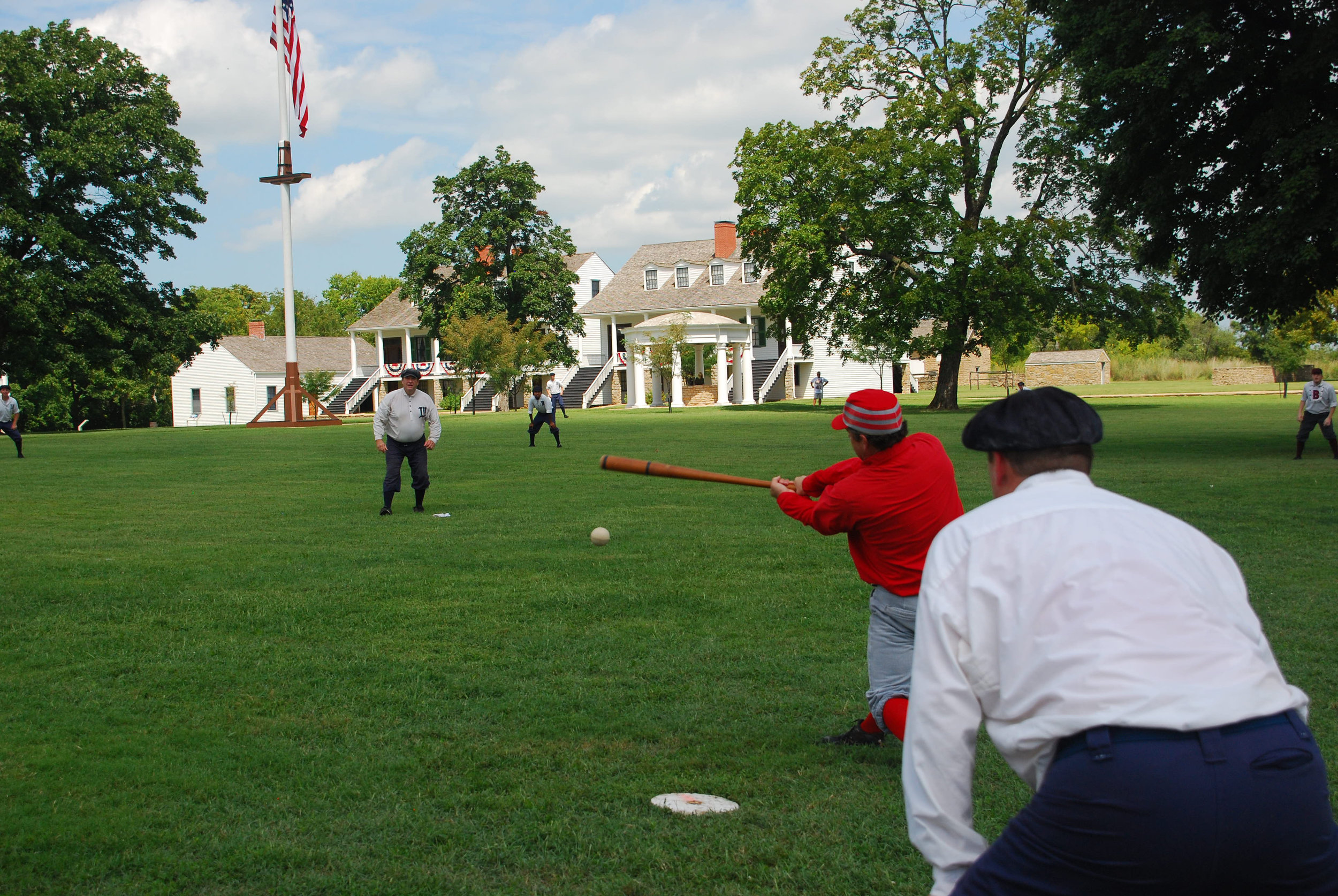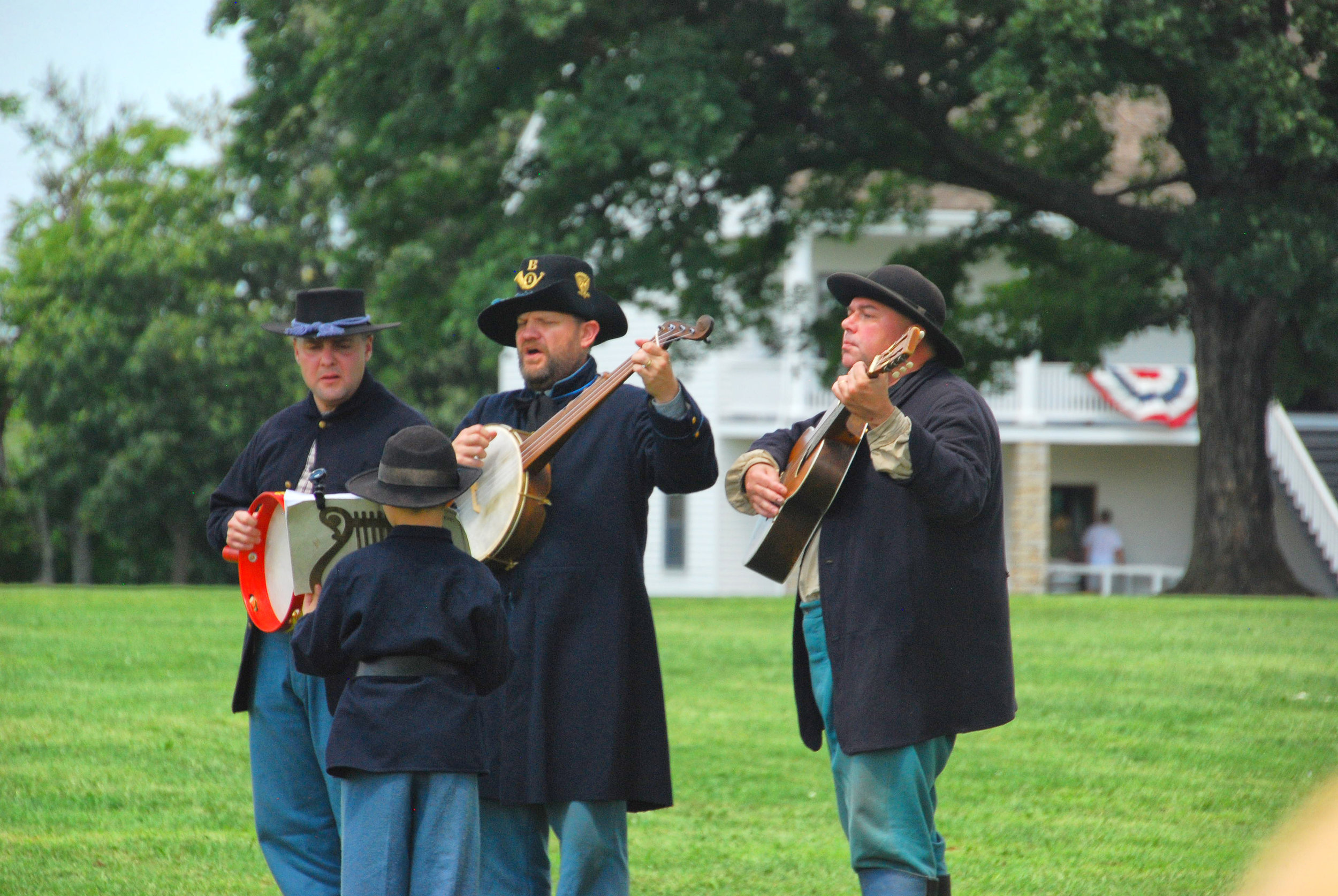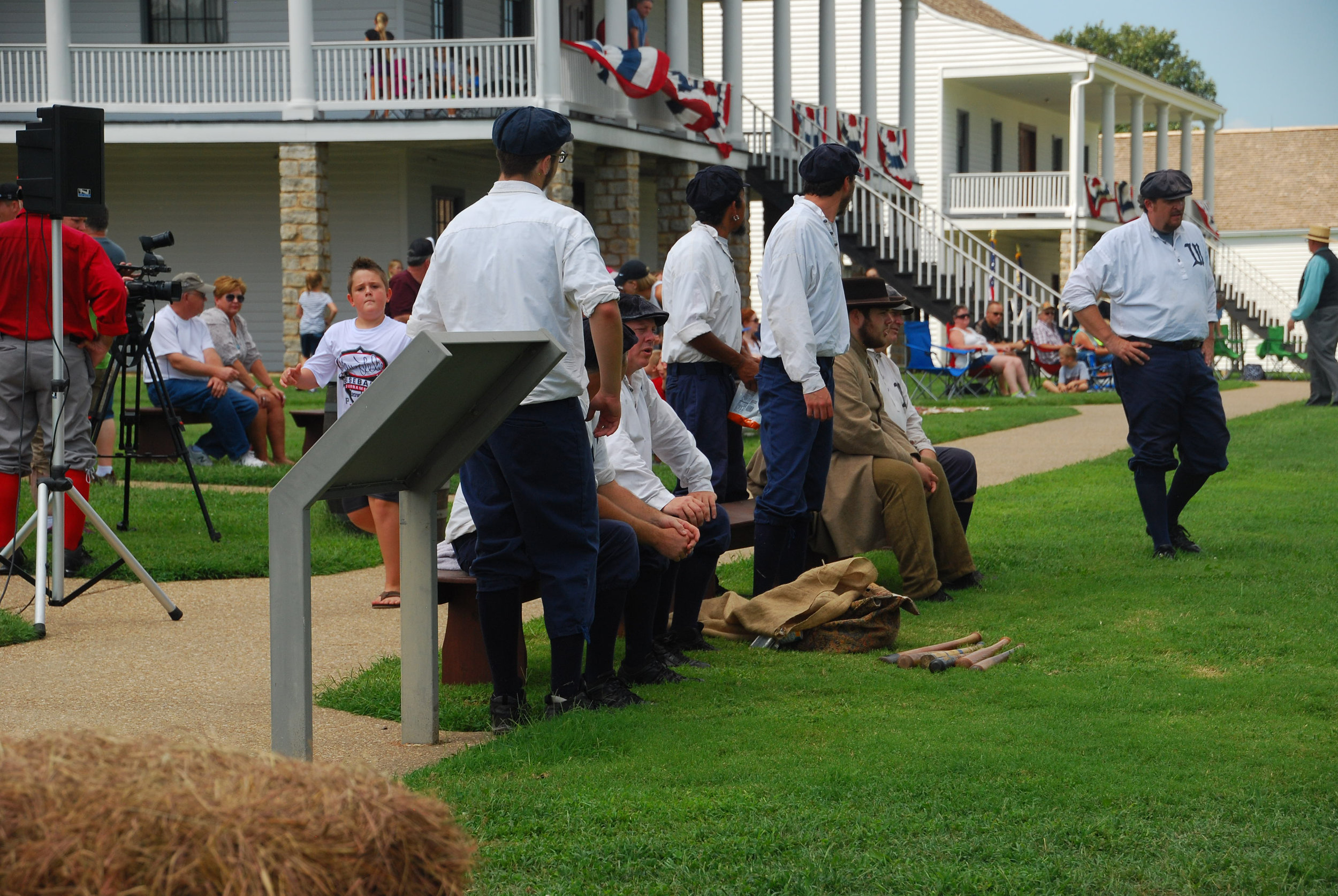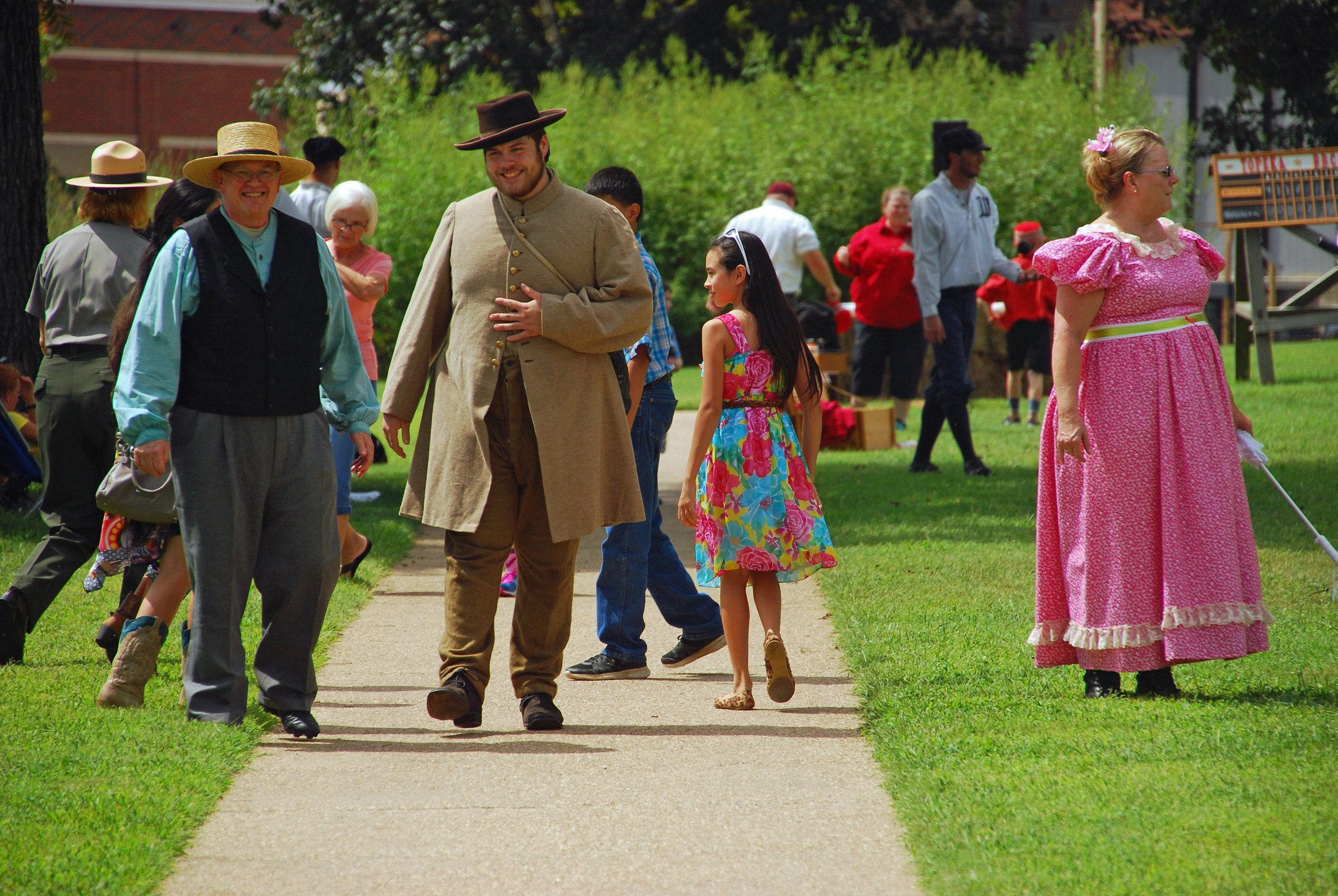By Beryl Brenner.
I am young. I am six years old. We are a poor family but my parents have prepared an adventure for me and my two older sisters, one who is eleven and the other who will turn ten soon. We enter the subway at our East Broadway station, on the Lower East Side of New York City. The station is in front of “the Garden," a vegetarian restaurant where my parents first met at the end of World War II, and down the block from The Forward, the foremost, prominent Yiddish newspaper in America. We are leaving our little world on the Lower East Side and heading uptown, to the bigger “New York” world of Central Park.
Once there, we walk toward the ice skating rink. I have never skated before, and I am both excited and nervous at the same time. We rent skates and my parents help me to lace them. Walking on skates is like walking on a tightrope. I enter the icy rink. I am terrified. I cling to the banister along the side. I am afraid of falling. My big sisters have done this before, and they are more confident. Suddenly they appear; one on each side of me and holding my hands to give me courage. They guide me along. The three of us glide on the ice like ballerinas. The fear subsides, and eventually they leave me to skate on my own.
Soon, the cold winter weather sets in and my tiny body feels it. I skate to the entrance to the rink and my father is there to greet me. He takes me to the concession and buys me a hot chocolate to warm me up. And then he takes both of my tiny cold hands and places his big warm hands over them. He rubs my hands to warm them up. My mother joins us and so do my sisters. We all drink hot chocolate to stave off the cold. We smile and we laugh and talk about how great this day has been. We know this is a big treat. We are a poor family but no one is richer than us.
Beryl Brenner obtained her BA in fine arts and her MA in Art Education from Brooklyn College. She has worked with a variety of materials and techniques. Ms. Brenner completed the glasswork for Our Lady of Guadeloupe Church in Danbury, Connecticut and for Beth Shalom Synagogue in Atlanta. She has been granted 8 one-woman shows throughout the country, including with the National Park Service, the National Landmark Bok Tower Gardens, and the prestigious Williamsburg Art and Historical Center. Her art has been shown in numerous American museums and galleries, including Ann Marie Gardens, a Smithsonian affiliate, the Attleboro Arts Museum, Dot-Fifty One in Miami, Altered Esthetics in Minneapolis, and the Philadelphia Sketch Club. In Brooklyn, her works have been shown at the Crest Hardware show, the Robert Lehman Gallery of Urban Glass, Brooklyn Borough Hall, the Williamsburg Salon, and the annual Represent Brooklyn exhibition in Bedford Stuyvesant. Her work is part of the permanent collection of Williamsburg Art and Historical Center. Ms. Brenner serves on the Board of Directors of Brooklyn Streetcar Artists Group and promotes art exhibitions in previously underserved areas of Brooklyn, NY.
Photo by Derek Wright.















